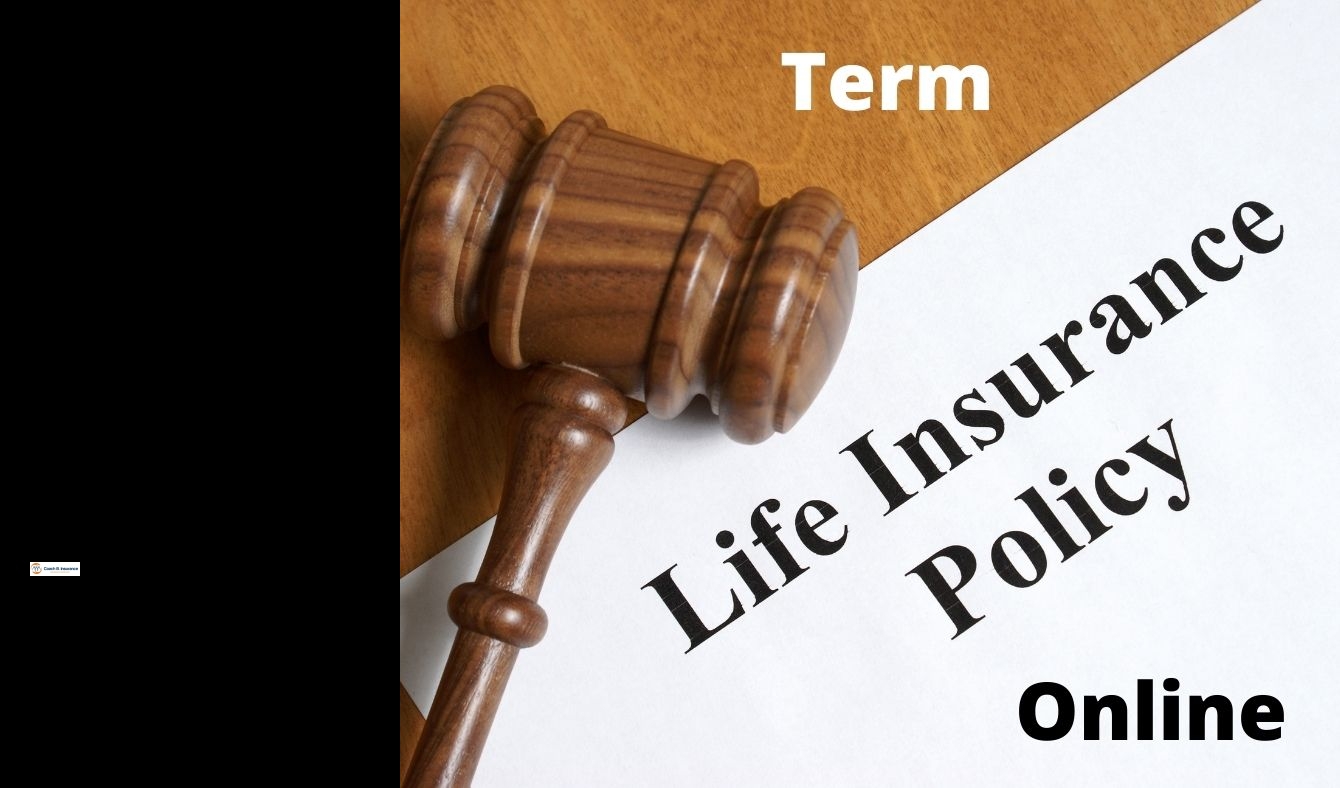voluntary term life insurance
Term insurance, also known by pure life insurance and term life insurance guarantees payment of a defined death benefit in the event that the covered person is not alive during a given time. The policyholder may choose to renew it again, convert it to permanent coverage, terminate the term policy, or let it expire.



